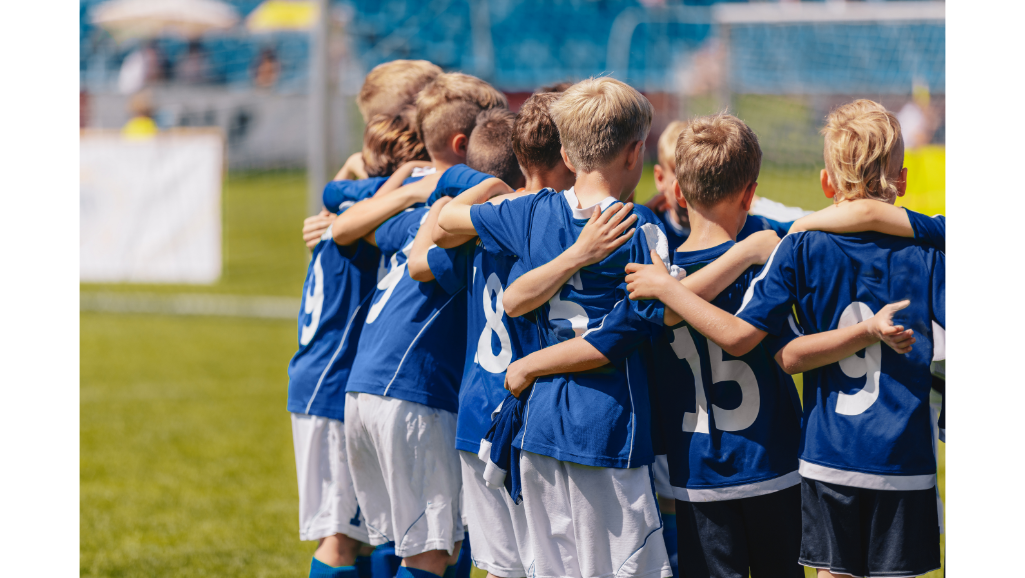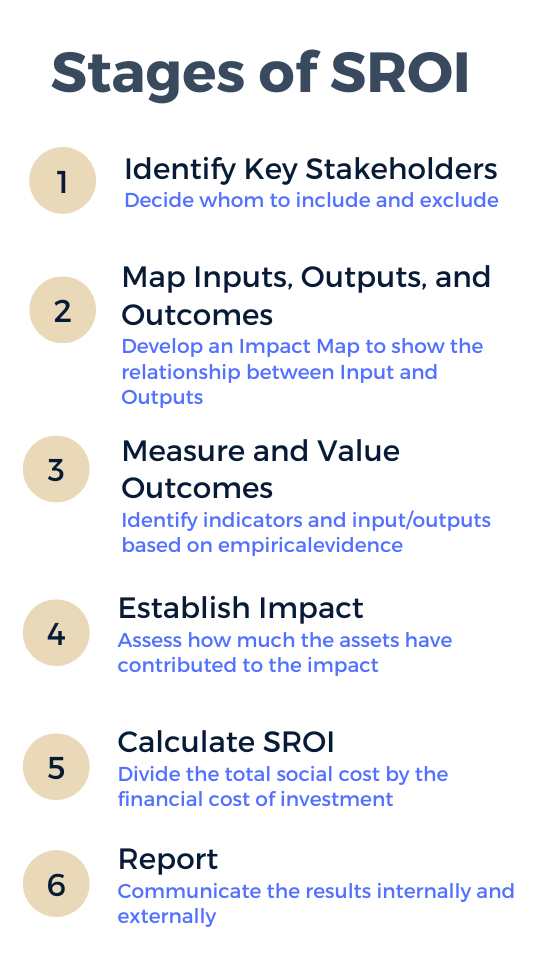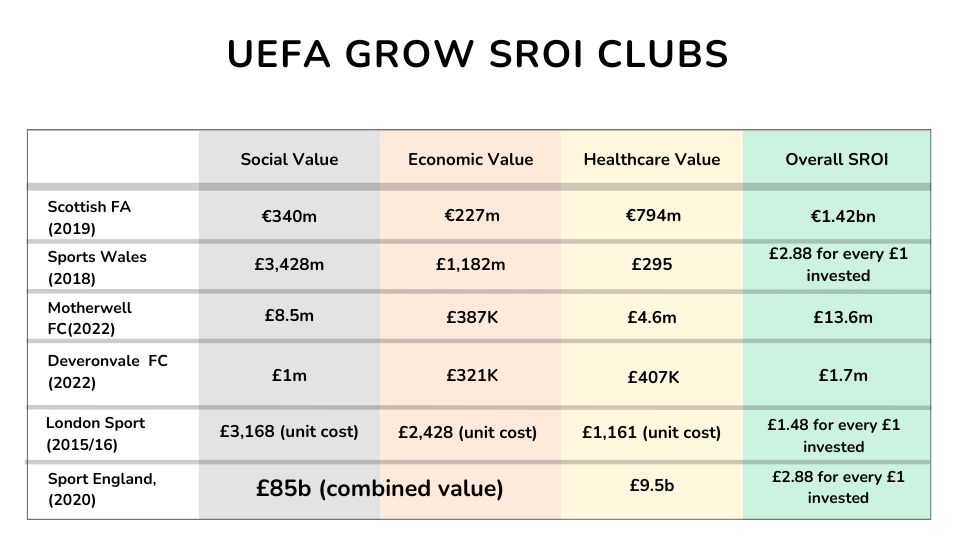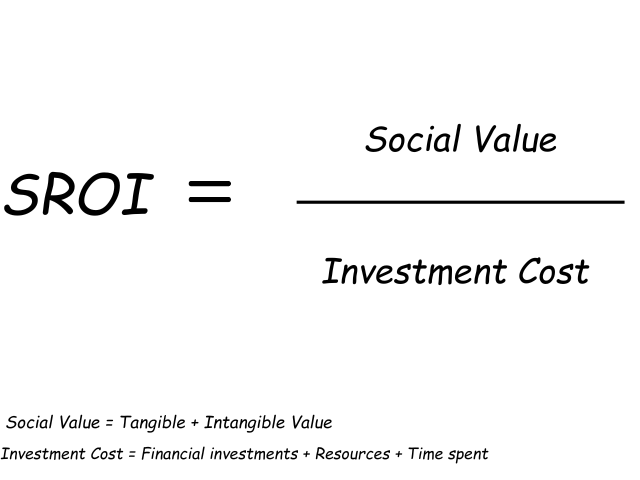Quantifying Social Impact in Sports

In the new and socially aware world, more and more businesses are taking the path to discover and unleash their purpose. Creating a positive social impact is fast becoming a fundamental piece in organisations' strategy. In light of the purpose-driven mindset and data-driven world, measuring this impact is truly necessary.
Sports organisations also drive positive change through their community initiatives and charitable arms. Securing funding and budgets for such campaigns could prove challenging if there is no real track of the return.
But can you measure social value and community welfare? Certainly not with the traditional KPIs of clicks, likes, conversions, and ROI.
Social Impact Measurement (SIM)
SIM is a strategy to attribute positive change to a company's actions and initiatives. For example, a charitable arm of a sports club may measure its impact by looking at the number of volunteers it gathers, the funds raised, or the number of vulnerable people it reaches through community activations.
In essence, SIM is a process to map the organisation's inputs, resources, and activations to output and outcomes. Below is an example of what a sports club's SIM framework would look like:

In addition to the SIM framework, sports businesses can utilise other metrics like Social Return on Investment to prove the effectiveness of their programs based on the outcomes. This is especially important for lower-division clubs, where budgets and funding might be a challenge. Contextualising social impact in financial terms and demonstrating the value of the investment might speak directly to the key decision-makers.
Social Return On Investment (SROI) Framework
SROI has been defined as a framework to measure the intangible component of value creation. It seeks to tackle inequality, climate change, and well-being issues by taking social, economic, and environmental costs and benefits into consideration.
There are seven guiding principles to this framework that underpin how SROI should be used and applied:

Below are some examples of sports organisations that adopted the UEFA Grow SROI model to calculate their social return. It should be encouraging to see clubs of all sizes being successful by putting purpose ahead of profit. Community clubs like Motherwell FC and Deveronvale FC show the importance of leading with the goal of community welfare at heart to create a long-lasting impact.

Case Study: Everton in The Community
Everton FC's charitable arm - Everton in the Community (EiTC) is famous for its positive contributions to the Liverpool community. For the last 35 years, EiTC has been tackling social issues including poverty, health, employability, mental health etc., across Merseyside.
Let's contextualise their campaigns in light of the SROI model discussed above to calculate their social return.
Stakeholders
This includes all the people or organisations that can affect or get affected as a result of the social campaigns run by the foundation. For EiTC, this list would include:
- Foundation and Football Club's staff and players.
- Club sponsors and Partners
- Official Supporter Groups
- Liverpool Community
- Volunteers
- Local Government
- National Health Service (NHS)
Organisations trying to emulate the success of EiTC can use the below table to identify their key stakeholder and assess their involvement in the social campaigns:

Mapping Impact
The next stage is to map inputs, outputs and hence the impact.
- Inputs refer to the contributions made by the stakeholders, either tangible or intangible.
- Outputs encapsulate the quantitative summary of an activation.
- Outcome is the real long-term impact made by the campaigns, that go beyond the output
Below is a summary of the Impact Map for EiTC -

Social Return on Investment
The final stage is to calculate the SROI value. This is done by dividing the total social value created by the total investment that went into the campaigns.
EiTC reported a total of £ 64 million generated for the local community in the 2021/22 season and an SROI of £29.86 for every £1 invested in their campaigns, marking a 102% increase from the previous year. Moreover, their campaign 'Blue Family' generated a staggering £128.09 of SROI, highlighting the importance of support programmes for the vulnerable people in the community.

The world of sports is embracing a purpose-driven approach, not just for the game but for the community. Understanding and measuring the social impact of sports initiatives is crucial. Social Impact Measurement (SIM) and Social Return on Investment (SROI) are invaluable tools, allowing sports organisations to showcase the real value they bring beyond the field. It's time for more sports clubs to score big not just in the game, but in the hearts of their communities
Read More:
Comments ()